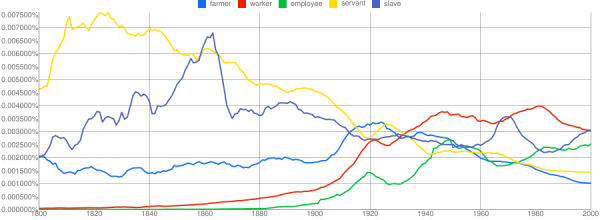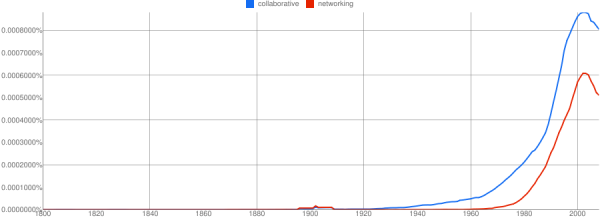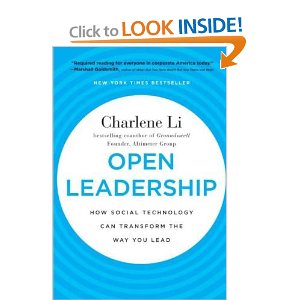Kickstarter (www.kickstarter.org) is a site that crowd-funds creative ventures.

It is part of the history of crowdfunding.
Have a look at the homepage. You’ll see many projects looking for funding. An example of a successful project is given in this excellent post by Mitch Joel: “kickstart your economy”.
Actually I encourage you to dwell into the projects and see how the site works. Did you get it?
No, the power of Kickstarter does not lie only in the fact that it allows funding for creative new ventures to happen through the accumulation of numerous small donations (the crowdfunding bit).
It also lies in the fact that donors vote with their feet (or rather, their keyboard and plastic card) on what projects they find the best. It is intrinsically a voting engine.
It also lies in the community building power around each project, with the project owner giving away some goodies to the generous donors, giving updates on the project progress after it has been funded…
Thus, what looks like pure crowdfunding is also a vehicle of choice and community building. It is a vehicle of the Collaborative Age. Below what just looks like a fun crowdsourcing service for weird creative projects lies the fuel of the Collaborative Age value production system: communities and crowd-voting.
Welcome to the Collaborative Age.







